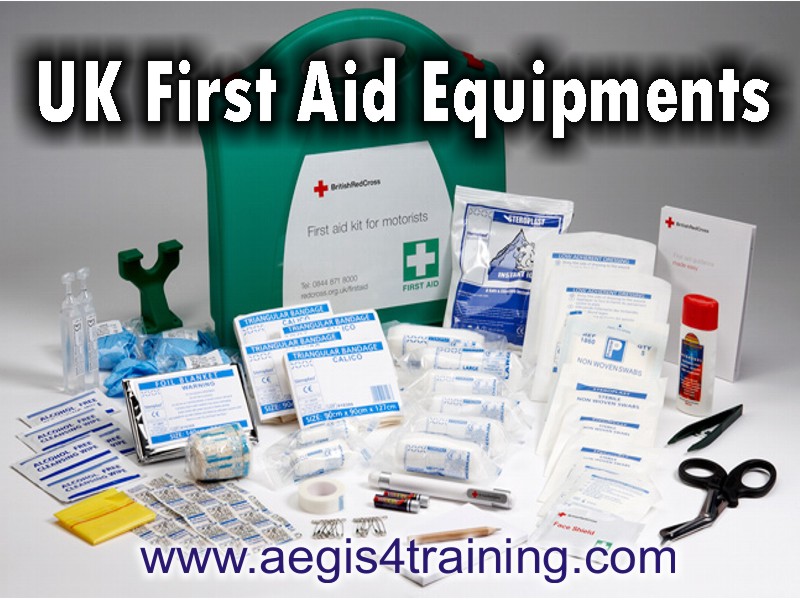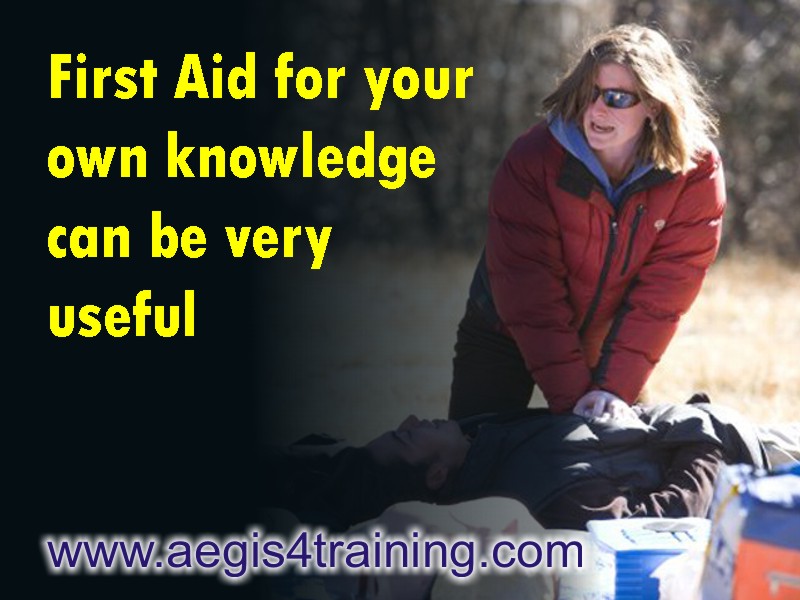
A household first aid kit should include these items:
- Anesthetic spray (Bactine) or lotion (Calamine, Campho-Phenique) – for itching rashes and insect bites
- Adhesive tape
- Adhesive bandages (all sizes)
- 2″, 3″, and 4″ Ace bandages – for wrapping sprained or strained joints, for wrapping gauze on to wounds, for wrapping on splints
- Pocket mask for CPR
- Exam gloves – for infection protection, and can be made into ice packs if filled with water and frozen
- Scissors
- Tweezers – for splinter or stinger or tick removal
- Triangular bandage – as a sling, towel, tourniquet
- 4″ x 4″ sterile gauze pads – for covering and cleaning wounds, as a soft eye patch
- Diphenhydramine (Benadryl) – oral antihistamine for allergic reactions, itching rashes. Avoid topical antihistamine creams because they may worsen the rash in some people.
- Polysporin antibiotic cream – to apply to simple wounds
- Nonadhesive pads (Telfa) – for covering wounds and burns
- Resealable oven bag – as a container for contaminated articles, can become an ice pack
- Safety pins (large and small) – for splinter removal and for securing triangular bandage sling
- In case of a medical or trauma related emergency, a list of family member’s medical history, medications, doctors, insurance company, and contact persons should be readily available
First aid kits and equipment for travel need to be more comprehensive because a drug store may or may not be accessible. In addition to personal medical items, the kit should contain items to help alleviate the common symptoms of viral respiratory infections.
Travel kit: A travel first aid kit may contain these items:
- Small flashlight
- Book on first aid
- Cough medication
- Aspirin – for mild pain, heart attack
- Antihistamine cream
- Adhesive bandages (all sizes)
- Adhesive tape
- 4″ x 4″ sterile gauze pads
- Antacid – for indigestion
- Antidiarrheal (Imodium, Pepto-Bismol, for example)
- Antiseptic agent (small bottle liquid soap) – for cleaning wounds and hands
- Diphenhydramine (Benadryl) – oral antihistamine
- Cigarette lighter – to sterilize instruments and to be able to start a fire in the wilderness (to keep warm and to make smoke to signal for help, for examples)
- Dental kit – for broken teeth, loss of crown or filling
- Exam gloves
- Ibuprofen (Advil is one brand name); another good choice is naprosyn (Aleve is a brand name)
- Insect repellant
- Polysporin antibiotic ointment
- Knife (small Swiss Army-type)
- Moleskin – to apply to blisters or hot spots
- Nasal spray decongestant – for nasal congestion from colds or allergies
- Nonadhesive wound pads (Telfa)
- Safety pins (large and small)
- Sunscreen
- Scissors
- Tweezers
- Thermometer
- Oral decongestant
- Personal medications (enough for the trip duration and perhaps a couple of extra in case of delays) and items (for example, a cane or knee braces if needed)
- Phone card with at least 60 minutes of time (and not a close expiration date) plus at least 10 quarters for pay phones and a list of important people to reach in an emergency; cell phone with charger (cell service is not available in may areas, especially remote areas)
- Plastic resealable bags (oven and sandwich)
- Pocket mask for CPR (although now, CPR does not have to be mouth to mouth)
- A list of yours and other family member’s medical history, medications, doctors, insurance company, and emergency contact numbers.

